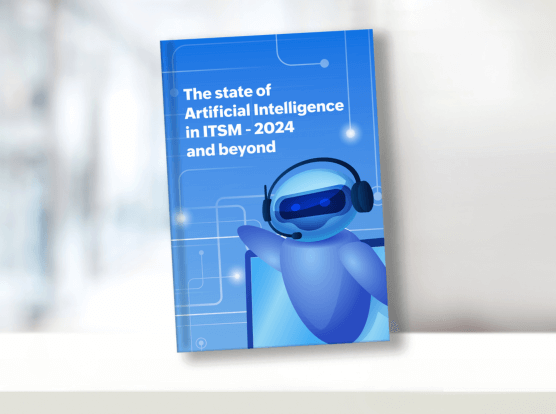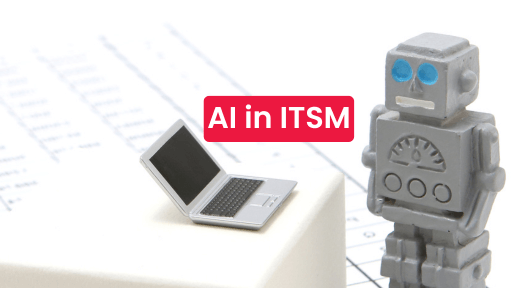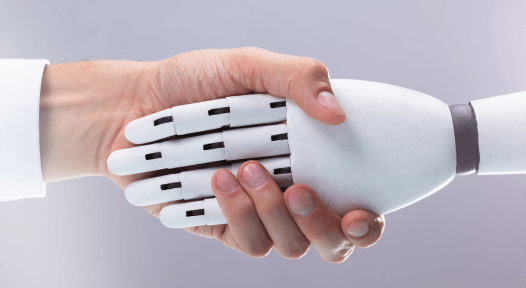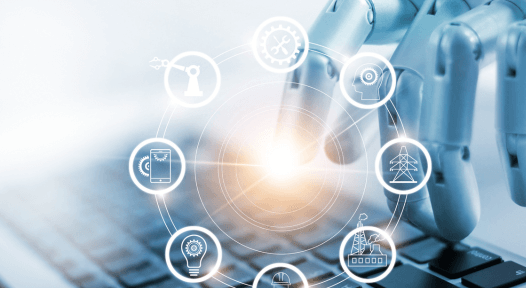According to McKinsey research, the adoption of generative AI in the workplace has more than doubled in the past five years, with continued investment. But despite many organisations quickly adopting AI, some still haven’t seen big productivity boosts.
Why? Well, extensive training is needed for current and future employees to make the most of these AI tools, which organisations do not always provide. Also, many employees are still worried that AI might take over their jobs, which directly impacts their productivity and job satisfaction.
There’s also a lack of a clear organisational AI policy and thoughtful adoption strategy. According to some research, about three-quarters of US companies still don’t have a general AI policy or are starting to develop one. Don’t forget the other challenges and risks, such as bias, privacy, and AI ethical considerations, when using generative AI tools.
⚡ So, to fully leverage the benefits of generative AI, it’s essential to consider some key factors when adopting it in the workplace.
To discover those factors, continue reading.
The adoption rates of Generative AI in the United States
Before we discuss the factors, let’s look at some generative AI adoption rate data. According to a recent survey conducted across 16 countries, India seems to be ahead in terms of employee adoption of generative AI, with 83% of respondents reporting daily or weekly use. On the other hand, the weekly usage of generative AI in North America and Europe is still below 50%.
📊 In 2023, Statista conducted research among professionals in the United States. According to their study, AI usage rates for work-related tasks were highest among those working in advertising or marketing, at 37%. The technology industry came in second, at 35%, followed by consulting, at 30%. Healthcare, on the other hand, had the lowest rate of AI usage, with only 15% of respondents using it for work-related tasks.
This indicates that while AI is being used across many industries, its usage rate varies significantly from one sector to another.
Generative AI is changing the workforce landscape
Generative AI is a powerful form of automation that is changing the workforce landscape worldwide. With its ability to analyse vast amounts of data and create new content, generative AI can mimic human abilities like never before. While still in its early stages, generative AI has already shown immense potential across various industry sectors, from writing code to designing products, automating routine tasks, providing customer service through AI-powered chatbots, enhancing creativity, and creating marketing strategies.
📈 With generative AI in play, automation adoption is expected to accelerate significantly. Without it, automation could impact around 21.5% of work hours in the US economy by 2030. However, this figure has surged to 29.5% with generative AI, highlighting its transformative impact on the workforce.
📕 READ MORE: AI in Customer Service: Can AI Replace Customer Support Agents?
Key factors to consider when adopting generative AI
When adopting generative AI, several key factors should be carefully considered. Organisations need to evaluate their integration capabilities to determine how well generative AI integrates with their existing systems and workflows. They should also identify areas where generative AI can add value, such as enhancing customer engagement, automating repetitive tasks, or optimising content creation.
It’s also crucial to ensure that the deployment of generative AI aligns with ethical guidelines and regulations to prevent potential harm or misuse. To achieve this, organisations should establish clear policies and define protocols for responsible AI usage. This also helps organisations prioritise security to protect sensitive data. Finally, organisations need to allocate resources and provide training and support to their employees to enable them to use generative AI technology efficiently.
By focusing on these adoption factors, organisations can fully leverage generative AI to increase workplace productivity, efficiency, and creativity.




















